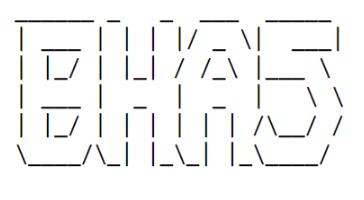
Johan
Documentation
Project: Grow Your Lab and Eat It
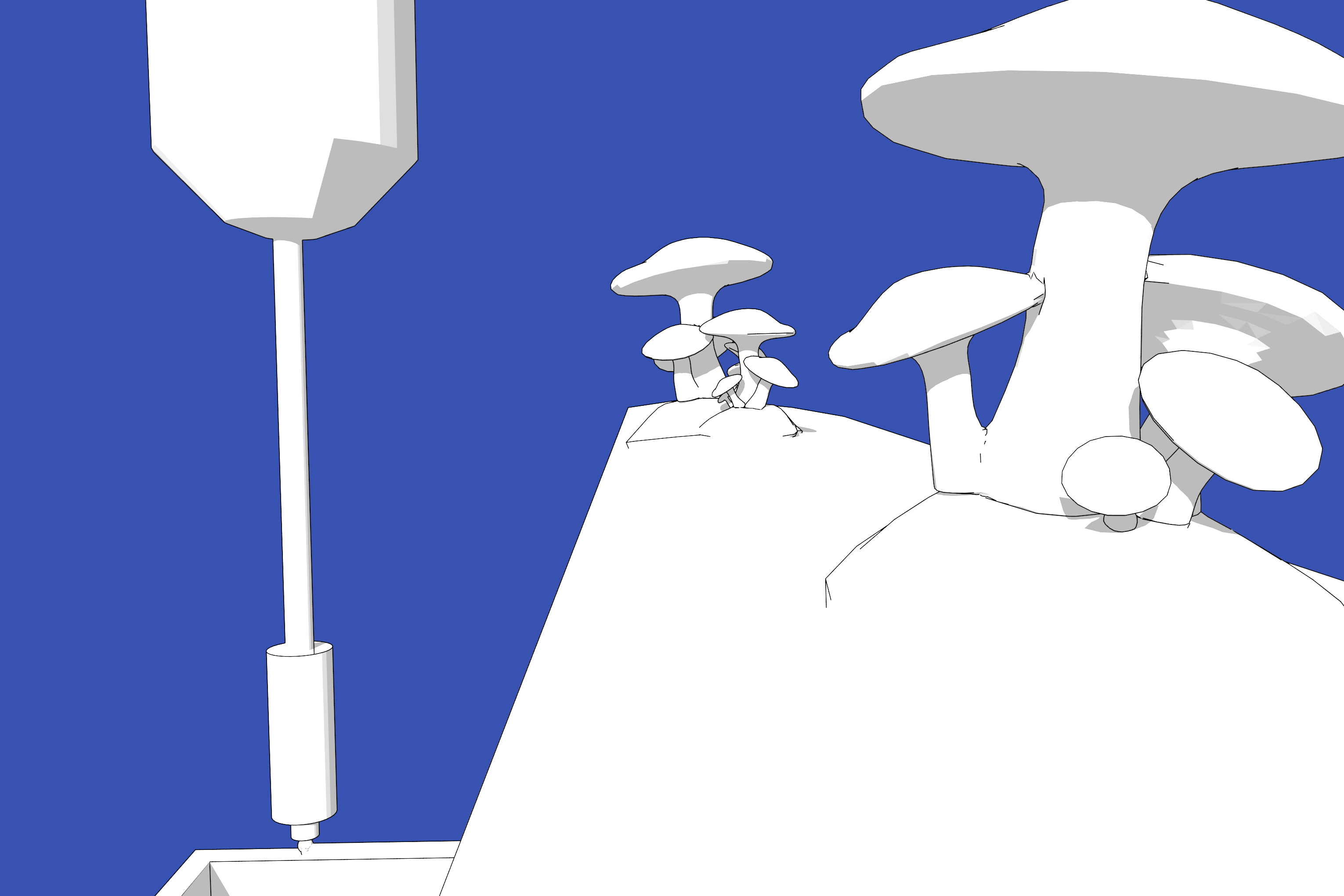

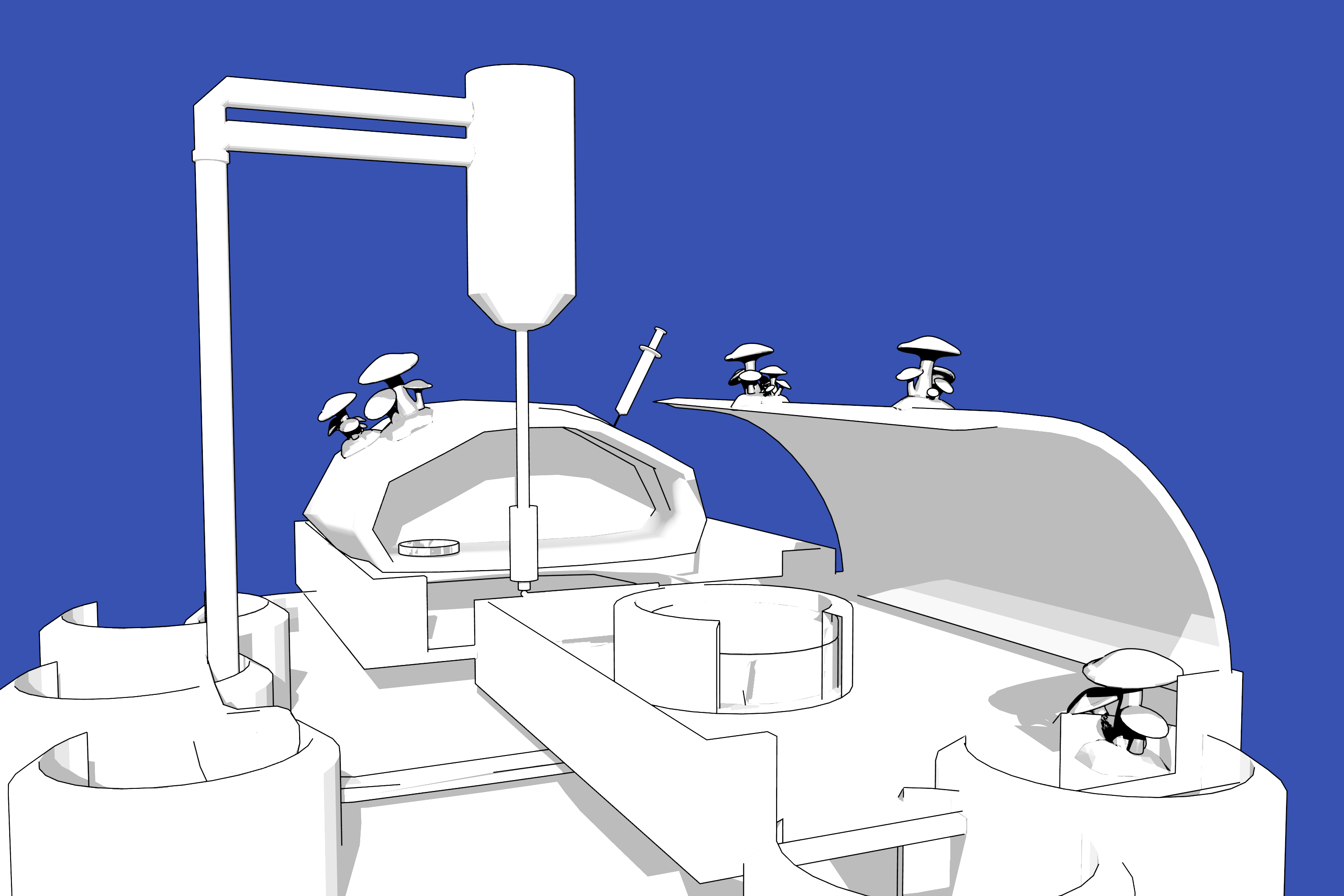
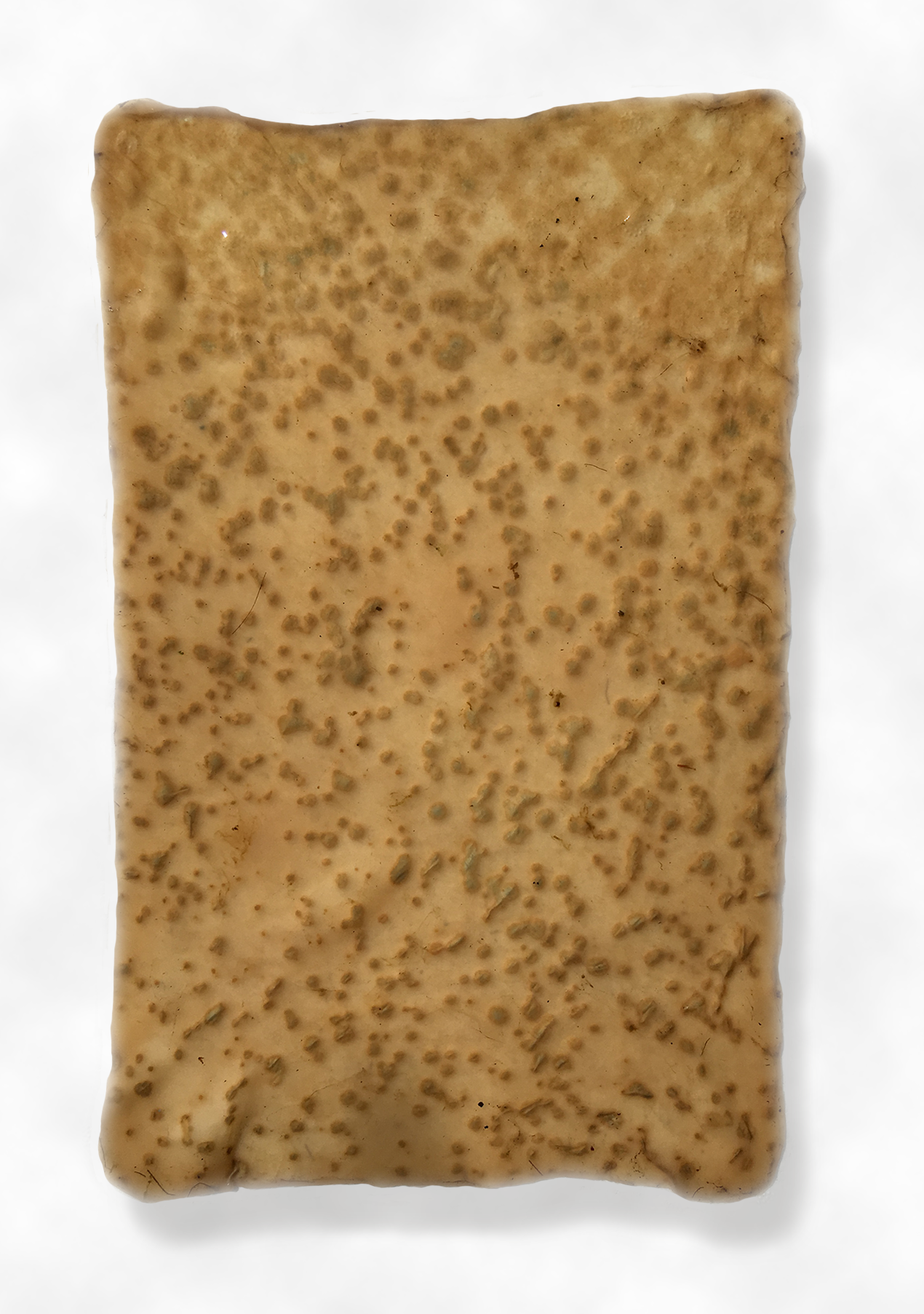


keywords:
sustainability, local resources, upcycling, biodegradable, uncommon combos, fermenting, active cultures, auto genesis, meta building, recursive process, robotics, wet bots, food server
intro:
What if you could grow your lab and eat it too. The lab would be created with the raw materials it needs to produce edible outcome. The mushrooms would be grown in a dark room of bread and coffee grounds. The kombucha leather would come out of the myco tray. Leftovers would feed the growing lab. The lab could either feed us or feed itself. The lab could choose to do both.
description:
You can have your cake and eat it too. Mushrooms can be eaten and their mycelium substrate can be shaped and baked into myco materials and objects. Kombucha tea can be consumed, and the scoby can be dried and processed into fruit leather for fashion. Meanwhile many of the kitchen waste materials can be upcycled by introducing them into the production stream. Coffee grounds and old bread can be used as mycelium substrate. Old tea and coffee can be used to create cellulose.
The properties of myco materials are: hard, light, water resistant and fire retardent. The properties of cellulose materials are: light, flexible and water absorbant. The combination of those two materials should make it possible to create some lab equipment while maitaining the ideal conditions for the production of materials and edible by-products. The proposed experiment would attempt to build a fermenting lab for various active cultures (sourdough starter, kombucha tea and coffee, mycelium, koji and others) where the output of the lab is used to grow the lab itself and add extensions on the go. This auto-genesis would add archeological layers of dead and active material, both in a bottom up and horizontal expansive manner.
The lab experiment could churn out new materials as combinations of the materials and active cultures could cross-ferment or contaminate. It could also have autonomy to decide how much of the output to feed to humans and how much to use to expand itself and scale up its future production of volume or materialistic diversity. The lab could be extended with modular hi-tech/low-tech such as a sourdough starter gun printer, a kombucha overflow gletcher, a koji foam slicer or a myco bake-and-preserve flame thrower.
conclusion:
Since the process of growing active cultures is slow and complex we have only been able to research the aquisition and inoculation of substrates to date. We have not yet been able to experiment with applying these inoculations to pre-shaped objects and lab building yet, something we hope to achieve by this summer.
Devices Made so far
Tube Rack
Magnetic Stirrer
Clean Bench
clean bench prototype
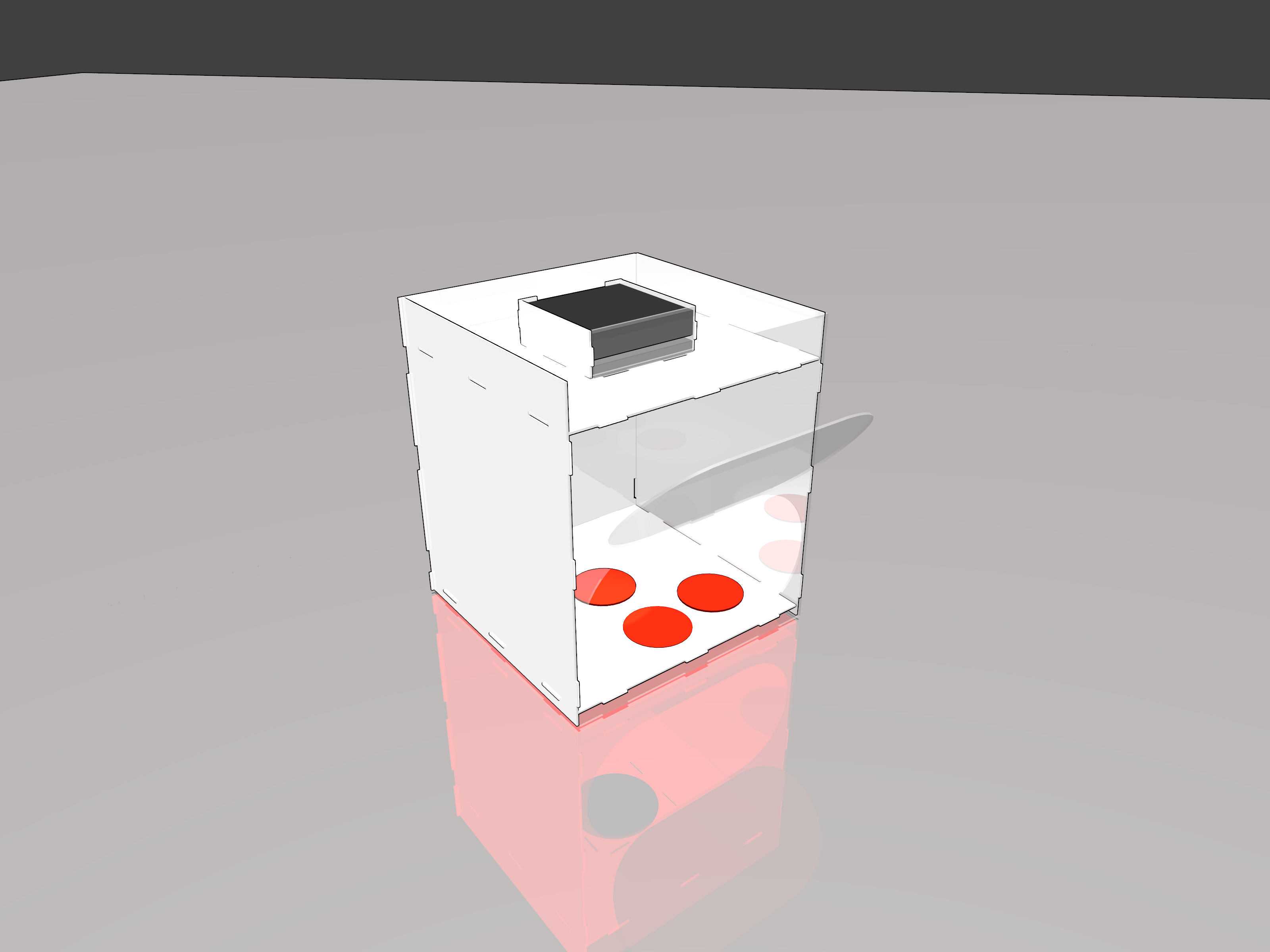
incubator / temperature humidity controlled grow box
a prototype with light, temperature and humidity control
humidity > magnetic resonance atomizer with water level sensor auto-switch off
temperature cold > peltier device with heat sinks and fans
temperature warm > ceramic heat resistors and aluminium foil heat mat, aquarium heater
Saturday February 24th, 2018/ Kannai UINIMLKU
Pleurotus Ostreatus - winter oyster mushroom obtained from Waag
Mycelium
- Waag Pleurotus Ostreatus http://biohackacademy.github.io/bha5/organisms/mycelium/
to be grown on malt agar http://biohackacademy.github.io/bha4/cultivation-media/malt-agar/
Malt Agar (MA)
Non-selective medium suitable for growing yeast and fungi, for example slime molds.
Compound Amount Unit
Malt extract 30.0 g
Agar 20 g
Demi water up to 1000 mL
Set pH ~5.5
Week of March 5th, 2018
substrates prepared:
straw (boiled 40min),palm tree husk (boiled 40min), rice hull (boiled 40min),steamed rice, brown rice, brown rice flour, mix of brown rice and brown rice flour, kombucha scoby, coffee grounds
warm box and 9 substrates inoculated with koji, trying to keep the temperature between 30-60C
cold box and 9 substrates inoculated with king oyster mushroom, trying to keep the temperature between 15-20C and hunidity at 95%
challenge: incubator / temp-humidity controlled box not ready yet
King Oyster Mushroom Grow Kit
obtained from amazon.co.jp
https://www.amazon.co.jp/gp/product/B0031XX3X4/ref=oh_aui_detailpage_o00_s00?ie=UTF8&psc=1
received by mail, unboxed, bag cut open, top layer mycelium removed, soaked in cold water for 30 minutes, kept in dark coolbox at 95% humidity and 15-20C
last week of March first eringi mushrooms popping up
kombucha scoby leather
kombucha scoby with blue mold staining and palm tree husk fibers
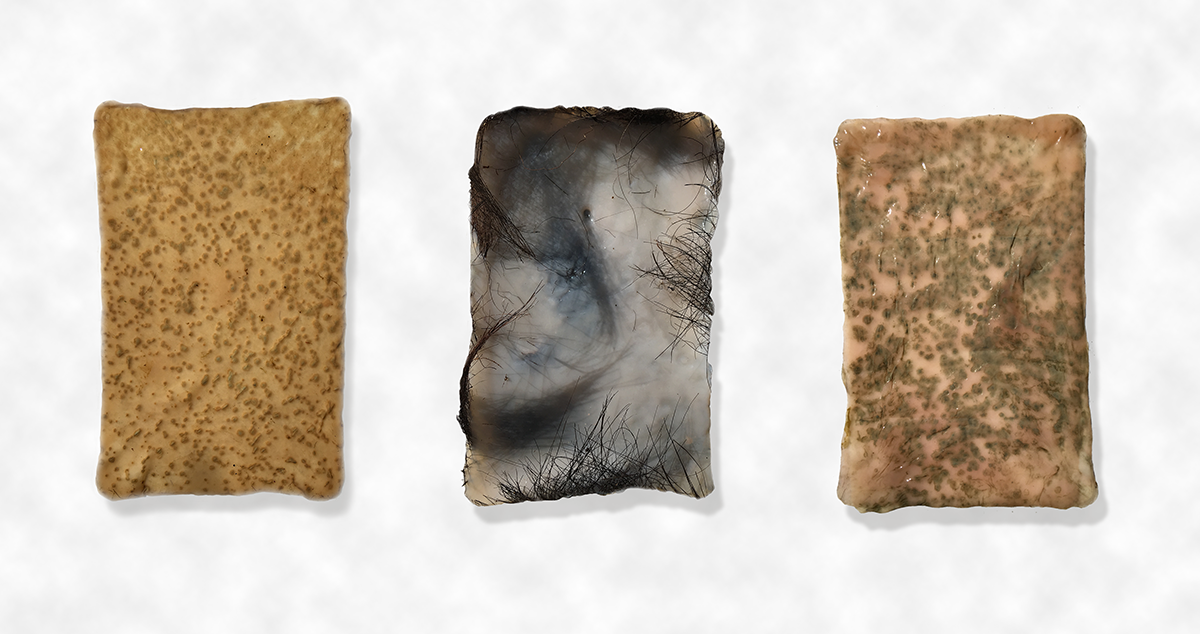
various baked substrate tests on bed of palm husk kombucha scoby leather
Saturday March 10th, 2018/ Kannai UINIMLKU
eringi from substrate kit inoculated on plate of malt agar
hiratake from old dongels inoculated on plate of malt agar
Saturday March 17th, 2018/ Kannai UINIMLKU
potato agar diy, boil potatoes, use boiled potato water and add additional water until 1L, 20g sugar, 20g agar
inoculated plates with
hiratake from old dongels > some later turned out to be contaminated with purple bacteria
hiratake from shop sample
white button mushroom from shop sample > some later turned out to be contaminated with purple bacteria
shimeji tiny mushroom from shop sample
sarunokoshikake white from park sample
sarunokoshikake dark from park sample
Monday March 19th, 2018
liquid mycelium in honey water
white button mushroom from spore printing > spores used
hiratake mushroom from spore printing > no visible spores, so part of mushroom sample used
shimeji mushroom from spore printing > no visible spores, so part of mushroom sample used
sarunokoshikake mushroom from spore printing > no visible spores, so part of mushroom sample used
shiitake mushroom from spore printing > no visible spores, so part of mushroom sample used
Tuesday March 20th, 2018/ BioClub Shibuya - Liquid Mycelium
autoclaving of honey water for liquid mycelium
maitake from shop sample
brown button mushroom from shop sample
shiitake from shop sample
winter oyster mushroom from plate
Week of March 20th, 2018
hydrated soy beans, garbanzo beans, corn, bird food seeds for koji inoculation and kept in 30C incubator
hydrated sunflower seeds, soy beans, garbanzo beans, corn, bird food seeds for mycelium inoculation
Tuesday March 27th, 2018/ BioClub Shibuya
received slime mold plates
autoclaved sunflower seeds for mycelium inoculation with winter oyster mushroom
Saturday March 31st, 2018 / BioClub Shibuya
31/3/2018 winter oyster mushroom inoculation on plates with various nutrients
200ml water
6g nutrients (peptone 11 plates, 9 plates potato dextrose, 8 plates yeast extract, 9 plates mix of all three)
4g agar
autoclave 121C 20min resulted in brown/yellow (caramelized?) solution
Tuesday April 2nd, 2018 / BioClub Shibuya
presentation of final projects
conclusion of inoculation and substrates
- kombucha leather is relatively easy to produce, flexibility can be achieved by applying coconut oil and glycerin, water resistance can be obtained by using beeswax
- coffee leather can be created by training a scoby to digest coffee liquid, we have not yet tried drying the scoby yet
- koji can be baked into solid materials
- liquid mycelium can be created in honey water, both by adding spores or mushroom sample tissue, this can then be used to inoculate substrates/grain with a syringe
- the main challenge is that various active cultures need different growing and storing conditions, even during the life cycle of one single active culture, hence to summarize this into a single lab setup it would need an intricate diversity of light/dark, cool/warm, dry/humid, liquid/solid, aerobic/anaerobic, etc.
Resources
other resources for future reference まいたけ 鋸屑種菌 1000cc > spawn saw dust maitake http://www.grantomato.co.jp/ecscripts/reqapp.dll?APPNAME=forward&PRGNAME=gr_item_list_mei&ARGUMENTS=-A,-A4943066328236 http://www.mitsunobu-nouen.com/shopdetail/004028000021/ http://www.kinoko-nichino.com/htmls/tuushinhanbai-tyumon-nyuryoku.htm